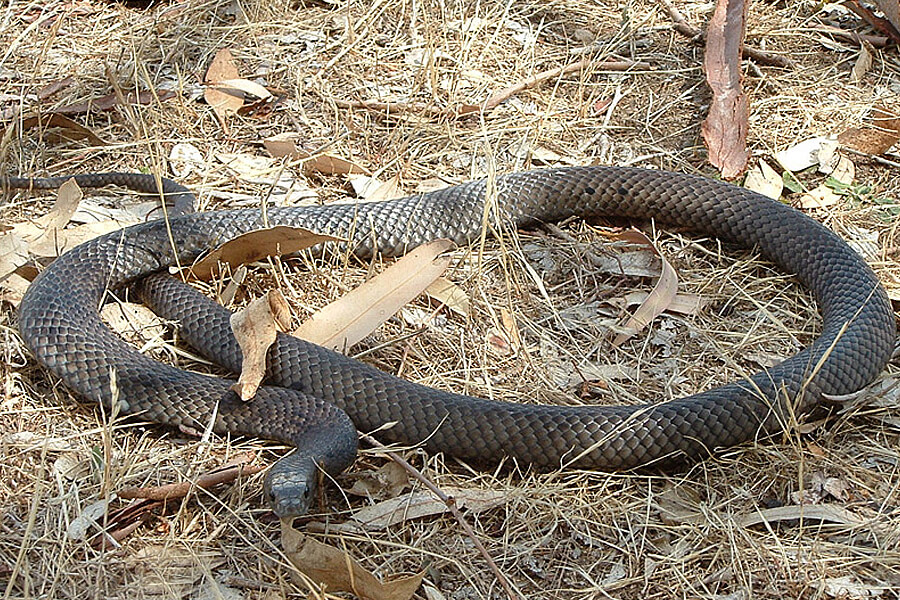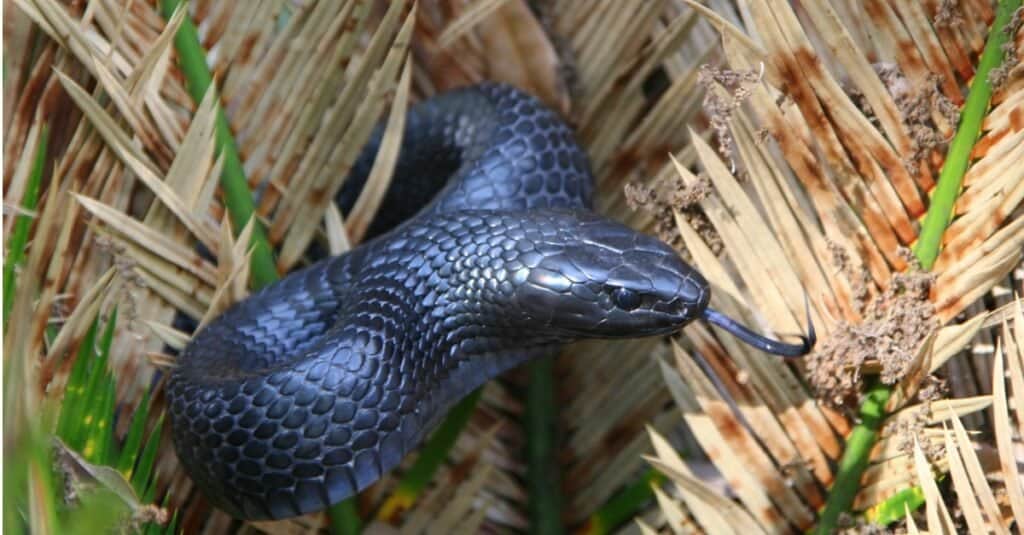Introduction
The tiger snake is just one of Australia's a lot of well-known reptiles, feared for its potent venom and aggressive character. This remarkable creature plays an important duty in the ecological community, yet it usually deals with misunderstandings that lead to unnecessary fear. In this thorough post, we will explore the world of the tiger serpent, discovering its habitat, venom characteristics, and important emergency treatment methods in situation of a snake bite.
Understanding the Tiger Serpent: Environment, Poison, and Emergency Treatment Essentials
Tiger snakes are predominantly discovered along the southern coast of Australia, including Tasmania. They flourish in various atmospheres such as wetlands, seaside regions, and also metropolitan areas. Their adaptability makes them effective predators; however, their proximity to human environments typically leads to experiences that can cause bites.
This short article intends to debunk tiger snakes by reviewing their environment preferences, examining their venom composition and impacts on human beings, and giving important first aid information for bites.
1. Tiger Snake Habitat: Where Do They Live?
1.1 Summary of Tiger Serpent Distribution
Tiger serpents (Notechis scutatus) are mainly located in southern Australia and Tasmania. They occupy different ecosystems varying from seaside marshes to freshwater lakes.
- Coastal Areas: Tiger serpents are typically discovered near shorelines where they hunt for fish and amphibians. Wetlands: These locations give sufficient concealing areas and plentiful prey. Urban Locations: As cities expand into natural habitats, tiger snakes might be seen venturing right into suv yards or parks.
1.2 Preferred Environments of Tiger Snakes
Tiger snakes favor moist settings where water sources are conveniently offered. Their habitats generally include:
- Marshes: The dense vegetation permits them to ambush prey effectively. Swamps: These locations offer sanctuary from killers while offering an abundant searching ground. Riversides: Water bodies attract numerous pets which function as food sources for these snakes.
1.3 Environmental Elements Affecting Habitat Choice
Several aspects influence where tiger snakes pick to live:
- Temperature: Being ectothermic (cold-blooded), they require warm environments for ideal activity levels. Prey Schedule: High populations of frogs and small creatures bring in these snakes. Shelter: Dense greenery serves not only as camouflage but additionally as security against possible threats.
2. Are Tiger Snakes Venomous? Comprehending Their Venom
2.1 Structure of Tiger Serpent Venom
Yes! Tiger snakes are without a doubt poisonous animals. Their poison is a complicated blend having neurotoxins that can cause paralysis and coagulopathies impacting blood clotting mechanisms.
Key Components of Venom:
- Neurotoxins: Impact nerve feature leading to paralysis. Hemotoxins: Damage capillary creating interior bleeding.
Understanding these parts assists us appreciate the effectiveness of a tiger snake bite.
2.2 Results of a Tiger Snake Attack on Humans
A bite from a tiger snake can bring about severe symptoms:
- Local Symptoms: Pain, swelling, and staining at the bite site. Systemic Signs and symptoms: Nausea or vomiting, vomiting, problem taking a breath as a result of paralysis or constriction of airways.
Severity Levels
Minor Bite: Localized discomfort without systemic symptoms. Moderate Bite: Systemic symptoms but convenient with medical care. Severe Bite: Serious; calls for instant medical intervention.3. Identifying Various Sorts Of Tiger Snakes
3.1 Eastern vs Tasmanian Tiger Snakes
There are two key groups based on geographical distribution:
Eastern Tiger Serpent (Notechis scutatus)
Found along eastern coasts as much as Queensland.
Tasmanian Tiger Serpent (Notechis scutatus)
Adapted especially to Tasmania's special setting with a little differing coloration patterns.
3.2 Shade Variants in Environment Preferences
Tiger snakes exhibit substantial color variants depending upon their environment:
- Coastal populations typically present stripes or spots for much better camouflage against sandy shores.
4. Behavior Patterns of Tiger Snakes
4.1 Aggressiveness Level
Tiger snakes are recognized for their aggressive habits when intimidated or cornered which can lead to defensive strikes if provoked.
4.2 Hunting Techniques
They have remarkable dexterity enabling them to strike swiftly at target such as frogs or tiny rats mainly throughout twilight hours when they're most active-- making them nocturnal hunters!
5. Emergency Treatment for Snake Bites: Vital Steps You Have To Know
When it involves taking care of serpent bites, understanding is vital!
5.1 Immediate Actions After a Bite
If bitten by a tiger serpent:
Stay tranquility! Panic raises heart price which spreads poison quicker through your bloodstream.
Apply pressure around the injury making use of clean cloths-- prevent cutting or drawing out venom!
Remove tight clothing/jewelry near the bite website; swelling may happen rapidly.
Immobilize the influenced limb using splints preferably-- this limits activity helping decrease poison spread!

5.2 Obtaining Medical Help
Seek emergency situation medical aid quickly! Time is important when managing potential envenomation from tiger serpents!
5.3 Emergency treatment Kit Fundamentals for Snake Bites
Having a fully equipped emergency treatment kit can make all the distinction throughout emergencies:
|Product|Description|| ------|-------------|| Pressure Bandage|Aids immobilize injury|| Sterile Venom toxicity Australian snakes Gauze|For clothing wounds|| Emergency Contact australian snake bite first aid Information|Quick accessibility numbers|| Antivenom Information|Understanding regarding regional antivenoms|
6 FAQs About Tiger Snakes
Q1: Are all tiger snakes dangerous?
A: While all have poisonous capacities affecting human beings dramatically-- most choose avoidance unless threatened!
Q2: Just how promptly does tiger serpent poison affect humans?
A: Signs may materialize within mins depending upon area & & amount infused during envenomation events!
Q3: Can you survive a tiger snake bite without treatment?
A: Without treatment bites can be fatal as a result of quick development; immediate treatment is crucial!
Q4: What must I do if I experience one?
A: Preserve distance & & retreat slowly; prevent unexpected motions that may prompt aggression!
Q5: How common are attacks from tiger snakes?
A: Although experiences take place regularly-- real bites remain reasonably uncommon due largely due preventive steps taken by residents living within affected ranges.
Q6: Is there an antidote available?
A: Yes! Antivenoms specific for Australian types exist-- clinical facilities lug these medications ready when needed urgently post-bite incidents!

7 Conclusion
Understanding the ins and outs bordering "Understanding the Tiger Snake: Habitat, Poison, and Emergency Treatment Basics" is vital not only for individual safety and security yet additionally fostering conjunction with these amazing animals living in Australia's landscape! By discovering more regarding their habits & Inland Taipan & reliable action strategies regarding prospective encounters-- we equip ourselves much better versus unneeded worries while appreciating nature's variety totally! So let's accept education instead fear-- it leads in the direction of consistency between humanity wildlife alike!